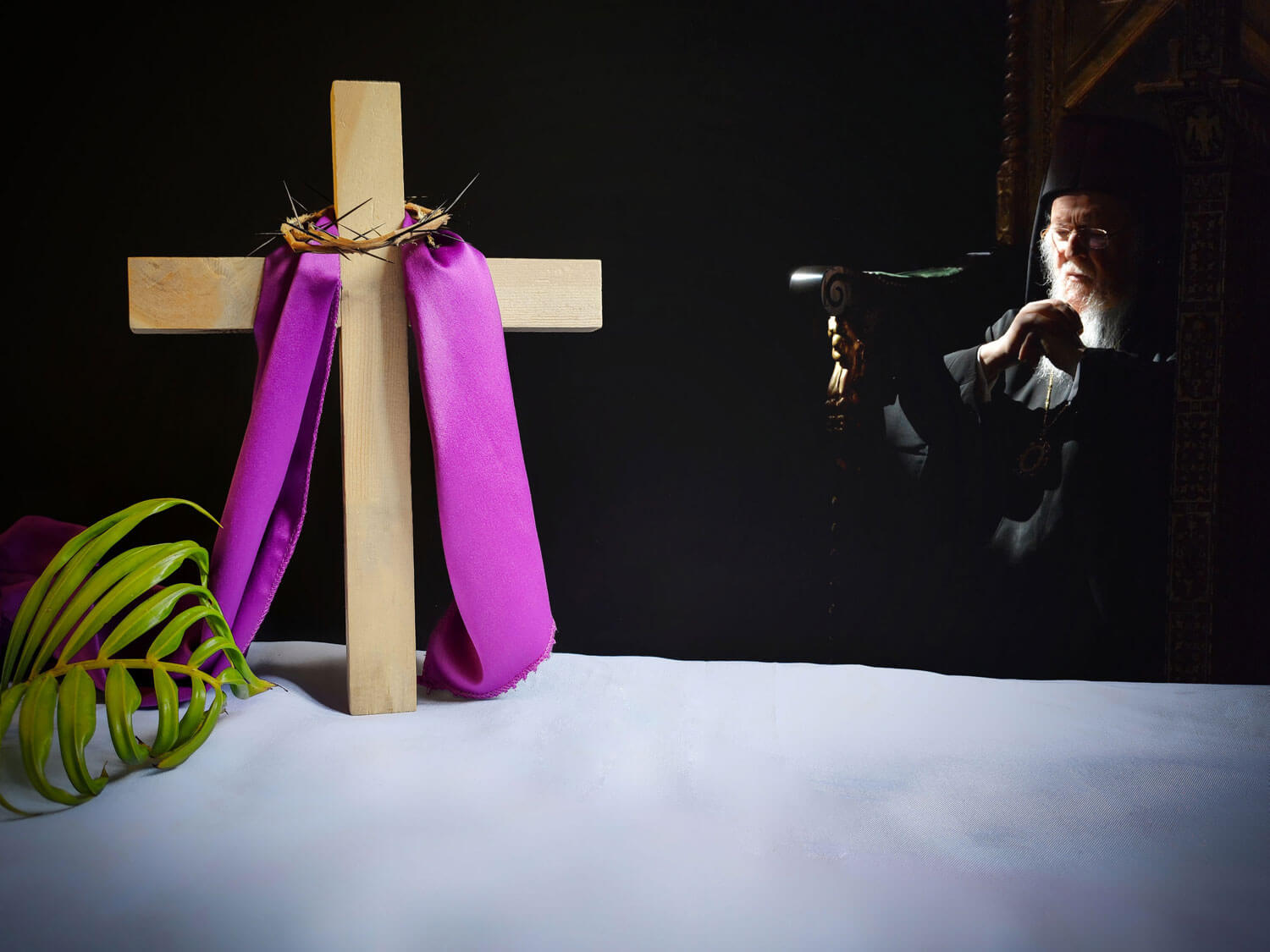The Ladder of Divine Ascent is an ascetical treatise on avoiding vice and practicing virtue so that at the end, salvation can be obtained. Written by Saint John Climacus initially for monastics, it has become one of the most highly influential and important works used by the Church as far as guiding the faithful to a God-centered life, second only to Holy Scripture.
There is also a related icon known by the same title. It depicts many people climbing a ladder; at the top is Jesus Christ, prepared to receive the climbers into Heaven. Also shown are angels helping the climbers, and demons attempting to shoot with arrows or drag down the climbers, no matter how high up the ladder they may be. Most versions of the icon show at least one person falling.
Structure and Purpose
The aim of the treatise is to be a guide for practicing a life completely and wholly devoted to God. The ladder metaphor—not dissimilar to the vision that the Patriarch Jacob received—is used to describe how one may ascend into heaven by first renouncing the world and finally ending up in heaven with God. There are thirty chapters; each covers a particular vice or virtue. They were originally called logoi, but in the present day, they are referred to as “steps.” The sayings are not so much rules and regulations, as with the Law that St. Moses received at Sinai, but rather observations about what is being practiced. Metaphorical language is employed frequently to better illustrate the nature of virtue and vice. Overall, the treatise does follow a progression that transitions from start (renunciation of the world) to finish (a life lived in love).
The steps are:
On renunciation of the world
On detachment
On exile or pilgrimage; concerning dreams that beginners have
On blessed and ever-memorable obedience (in addition to episodes involving many individuals)
On painstaking and true repentance which constitutes the life of the holy convicts; and about the Prison
On remembrance of death
On joy-making mourning
On freedom from anger and on meekness
On remembrance of wrongs
On slander or calumny
On talkativeness and silence
On lying
On despondency
On that clamorous mistress, the stomach
On incorruptible purity and chastity, to which the corruptible attain by toil and sweat
On love of money, or avarice
On non-possessiveness (that hastens one Heavenwards)
On insensibility, that is, deadening of the soul and the death of the mind before the death of the body
On sleep, prayer, and psalmody with the brotherhood
On bodily vigil and how to use it to attain spiritual vigil, and how to practise it
On unmanly and puerile cowardice
On the many forms of vainglory
On mad pride and (in the same Step) on unclean blasphemous thoughts; concerning unmentionable blasphemous thoughts
On meekness, simplicity, and guilelessness which come not from nature but from conscious effort, and about guile
On the destroyer of the passions, most sublime humility, which is rooted in spiritual perception
On discernment of thoughts, passions and virtues; on expert discernment; brief summary of all aforementioned
On holy stillness of body and soul; different aspects of stillness and how to distinguish them
On holy and blessed prayer, the mother of virtues, and on the attitude of mind and body in prayer
Concerning Heaven on earth, or Godlike dispassion and perfection, and the resurrection of the soul before the general resurrection
Concerning the linking together of the supreme trinity among the virtues; a brief exhortation summarizing all that has said at length in this book.
***
Read the book, here
***





